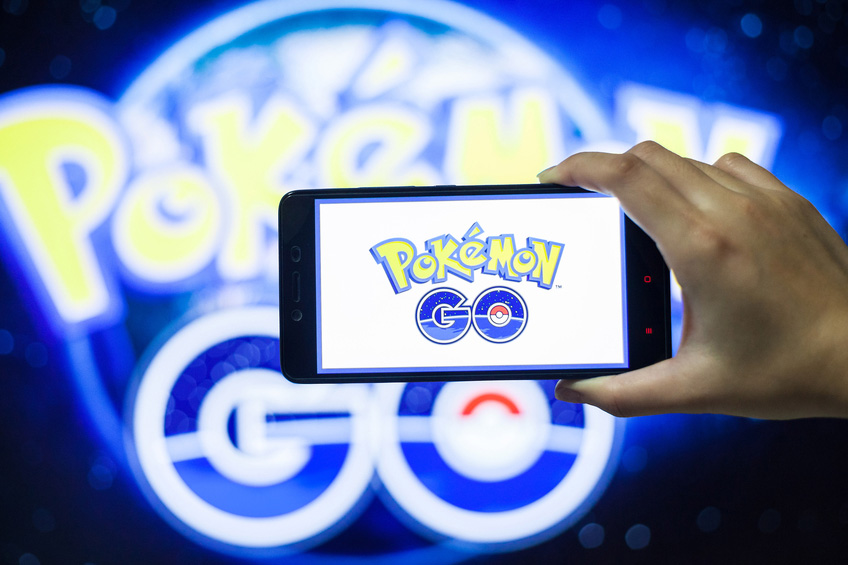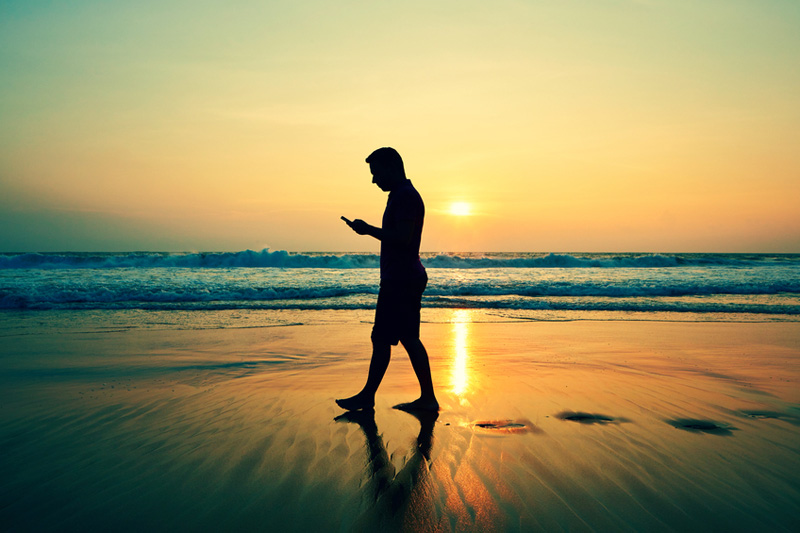Walking is one of the most convenient ways to improve and maintain physical fitness for diving. The new Pokémon Go app is definitely getting divers moving by combining fitness with fun. The app uses the surrounding environment to generate Pokémon. Divers will especially appreciate the long list of water Pokémon that resemble the many unique sea creatures found while diving.
Story by Gretchen M. Ashton, CFT, SFT, SFN, SSC, NBFE
Pokémon Go requires users to walk to capture and train Pokémon. There are more than 700 Pokémon which consist of fictitious creatures with unique powers and evolutions. Each Pokémon is captured by walking toward the Pokémon and throwing one or more poke balls. Poke balls are acquired by driving or walking to poke stops. Poke stops are typically landmarks or places of business. There are also gyms in the game where users can train their own Pokémon and battle others. Going to the gym takes on a whole new meaning for fitness and gaming enthusiasts. Divers and others exercise by walking to capture Pokémon, get more poke balls at poke stops and to visit gyms. There is much more to the game which is best discovered for oneself by simply downloading the free app.
Motivation for divers is found with whimsical water Pokémon like the tiny turtle Squirtle, the moody octopus Octillary, Wailord the whale who can dive 10,000 feet on one breath, Horsea the swift swimming seahorse and the brutal Mega Sharkpedo. The walking workout continues with inspiring fighting Pokémon such as the muscular Gurdurr who carries a steel I beam around to train his muscles, and the loveable, and perhaps most recognizable, yellow Pikachu who learns moves to increase his speed. For a complete list of Pokémon visit Bulbapedia by clicking here.
Increased physical activity improves overall health. Divers still need to exercise at higher heart rates than those achieved with the leisurely stop and start walking associated with playing Pokémon Go. Pokémon Go isn’t designed to give fitness feedback like pedometers and fitness apps, but divers can utilize the time of walking to reach weekly goals. The American Heart Association recommends thirty minutes of physical activity every day five days a week for a minimum weekly total of 150 minutes or 75 minutes of vigorous physical activity each week. Divers benefit from walking and running, forms of aerobic exercise, because these activities help prevent heart disease, cardiovascular illness, high blood pressure, diabetes and obesity which rank as the most prevalent reported medical conditions in the diving community. And the more the better. In addition to the wellness benefits of getting outdoors and socializing with family and friends, walking and running help condition and strengthen the heart and lungs and better prepare the body for the stresses of breathing on SCUBA equipment and the underwater environment.


